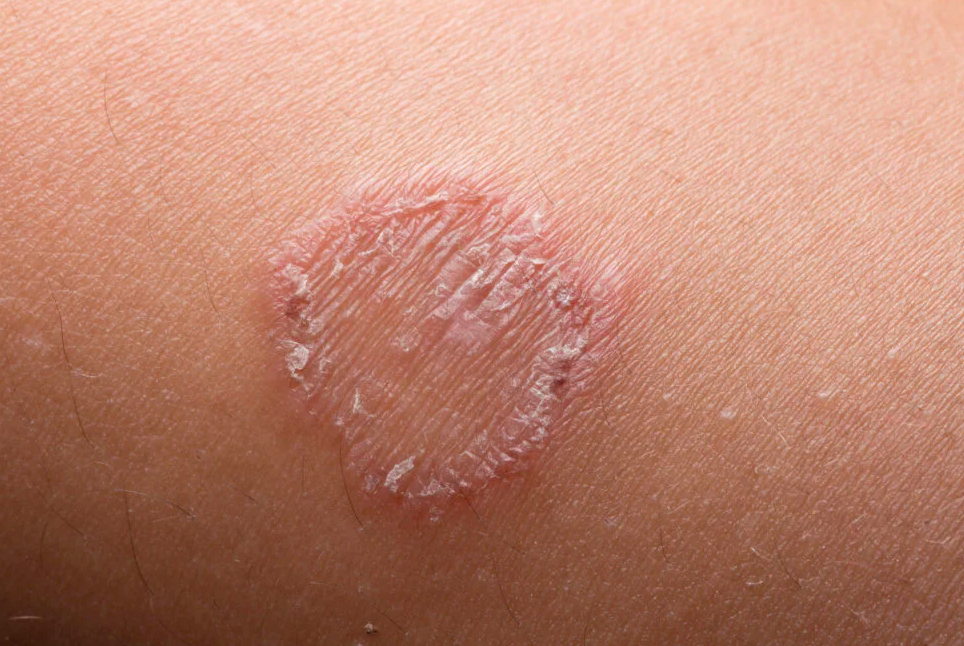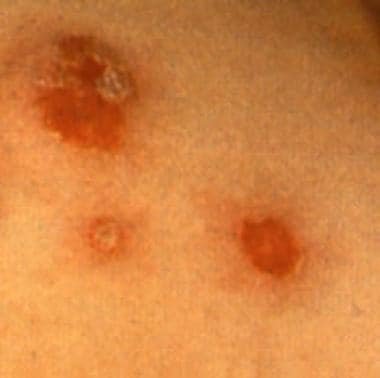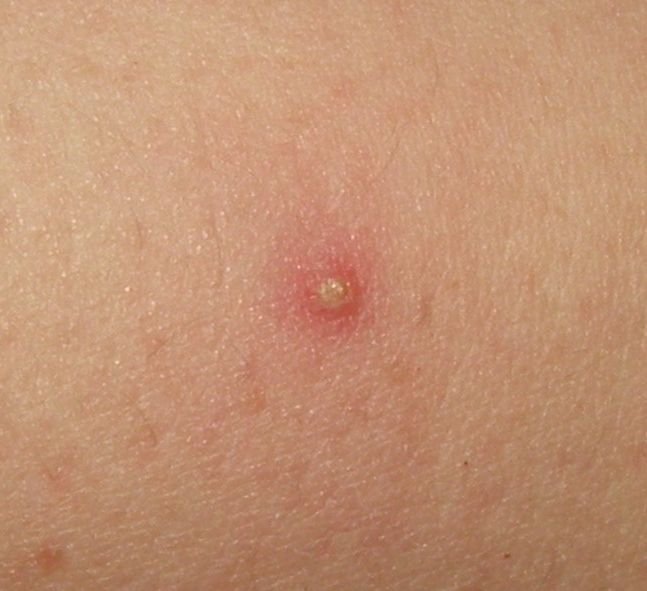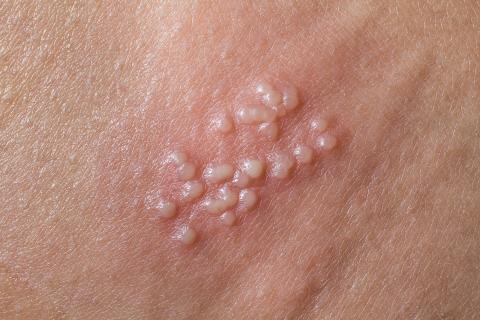How To Avoid Skin Infections
Welcome to Day 26 of the 30-day Jiu Jitsu Mastery Series. If you missed the previous posts Click Here
Brazilian Jiu Jitsu is not just a sport; it's a way of life for many practitioners, including myself. As someone deeply passionate about the art of BJJ and committed to becoming the best competitor and instructor in the world, I understand the importance of every aspect of this discipline, including hygiene. In this post, we will delve into the critical connection between Jiu Jitsu and hygiene. We'll explore why maintaining proper hygiene on the mats and with your training gear is essential. Furthermore, we'll discuss the various skin infections that can result from neglecting hygiene in BJJ and their potential implications for your overall health.
The Mat as Your Battleground
The mat is where you hone your skills, test your limits, and build camaraderie with your teammates. It's also a place where hygiene plays a pivotal role. Here's why:
Sweat and Bacteria: Jiu Jitsu is a high-intensity sport that causes profuse sweating. This moisture, combined with the constant physical contact on the mat, creates an ideal breeding ground for bacteria and fungi. If left unchecked, this can lead to various skin infections.
Open Wounds: BJJ often involves minor abrasions, cuts, or scrapes. These can easily become entry points for harmful pathogens, making it crucial to keep these wounds clean and covered during training.
The Dirty Gi and Rash Guard
While the mat is a primary concern, your training gear is equally important when it comes to hygiene in Jiu Jitsu. Your gi and rash guard are in close contact with your skin, and failing to keep them clean can have serious consequences. Let's explore some common skin infections that can result from dirty gear:
Ringworm (Tinea Corporis):
What is it? Ringworm is a fungal infection that appears as a red, circular rash with a raised, scaly border.
Treatment: Antifungal creams or oral medications are typically prescribed to clear the infection.
Health Implications: While not life-threatening, ringworm can be uncomfortable, itchy, and highly contagious, spreading easily to training partners.
Staph Infection (Staphylococcus Aureus):
What is it? Staph infections manifest as red, swollen, painful bumps, which can progress to deep abscesses if left untreated.
Treatment: Depending on the severity, treatment may involve antibiotics or drainage of abscesses.
Health Implications: Staph infections can range from minor skin issues to life-threatening conditions if the bacteria enter the bloodstream. Timely treatment is crucial.
Impetigo:
What is it? Impetigo is a highly contagious bacterial infection characterized by red sores that burst and form honey-colored crusts.
Treatment: Antibiotics, either topical or oral, are typically prescribed.
Health Implications: Although usually not serious, untreated impetigo can lead to complications like cellulitis or kidney problems.
Folliculitis:
What is it? Folliculitis is an inflammation of hair follicles, presenting as red, itchy pustules.
Treatment: Keeping the affected area clean and using topical antibiotics can resolve most cases.
Health Implications: In severe cases, folliculitis can lead to cellulitis, a deeper skin infection requiring more intensive treatment.
Herpes Gladiatorum:
What is it? This is a viral infection caused by the herpes simplex virus (HSV). It appears as clusters of painful, fluid-filled blisters.
Treatment: Antiviral medications can help manage the symptoms, but the virus remains in the body for life.
Health Implications: Herpes Gladiatorum is highly contagious and can cause recurrent outbreaks, affecting your ability to train and compete.
Hygiene: Your Shield Against Infections
Now that we've discussed these skin infections and their potential consequences, let's shift our focus to the preventive measures that can keep you safe on the mats:
Regular Showering: After every training session, make it a habit to shower with soap and warm water. This helps remove sweat, bacteria, and potential contaminants from your skin.
Clean Gear: Your gi and rash guard should be washed after every training session. Use hot water and a quality detergent to ensure they are thoroughly cleaned and disinfected.
Keep Your Nails Short: Trim your fingernails and toenails regularly to reduce the risk of inadvertently scratching yourself or your training partners.
Cover Wounds: If you have any cuts, scrapes, or open wounds, ensure they are clean and properly covered with a bandage and antimicrobial ointment before training.
Personal Hygiene: Maintain good personal hygiene practices, including washing your hands regularly and using hand sanitizer, especially before and after training.
Mat Hygiene: Advocate for and participate in your gym's mat-cleaning routines. Mats should be disinfected regularly to minimize the risk of infection.
Gear Rotation: Consider having multiple sets of training gear so that you can alternate them, giving each one ample time to dry and prevent the growth of bacteria and fungi.
Conclusion
Brazilian Jiu Jitsu is a beautiful and rewarding martial art that can lead to a lifetime of physical and mental growth. However, to fully enjoy the benefits of this art and safeguard your health, hygiene must be a top priority. Neglecting hygiene can lead to various skin infections, some of which can have serious consequences for your overall well-being.
By adhering to proper hygiene practices, such as regular showering, cleaning your gear, and covering wounds, you can significantly reduce the risk of infection. Remember, the mat is your battleground, and cleanliness is your armor.
To receive more tips like this plus technique breakdowns and breaking news directly to your inbox be sure to subscribe with your email below!




